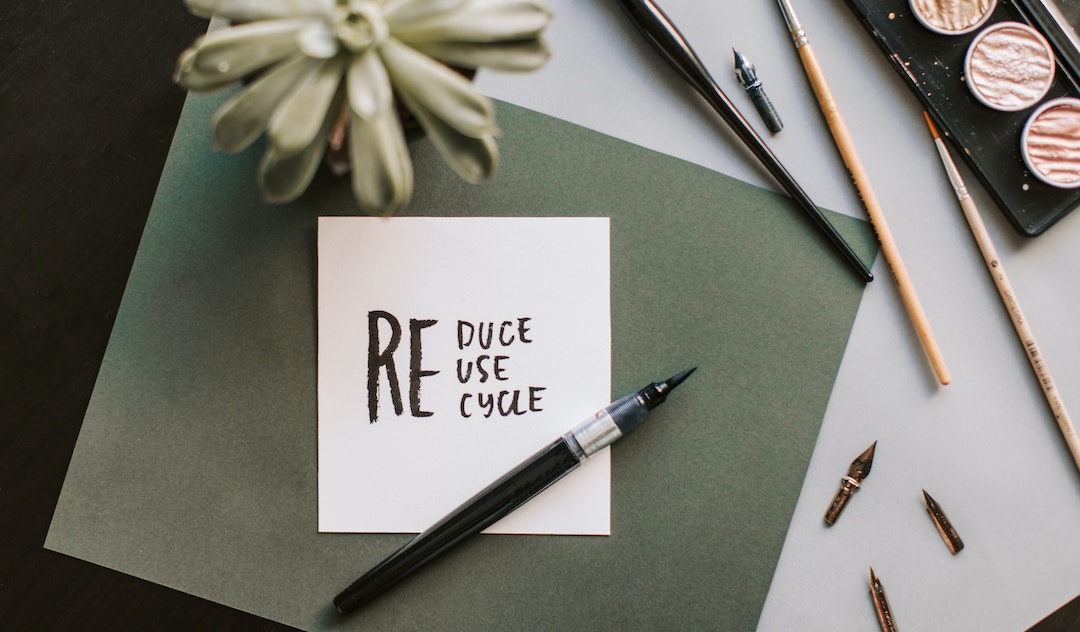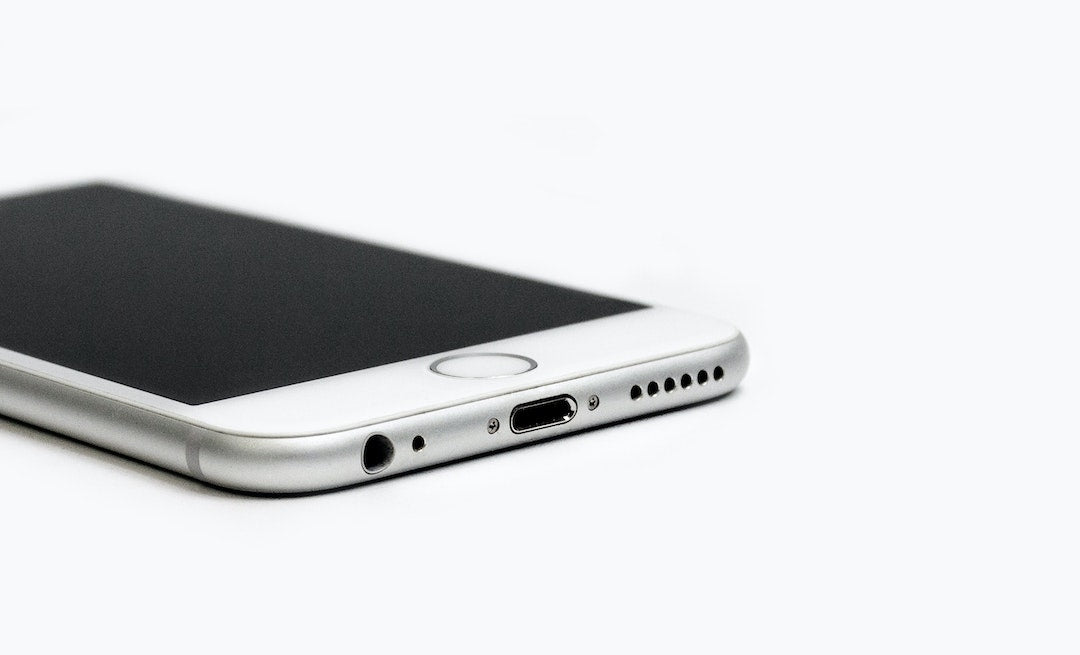It's a special day - World Environment Day 2023! Today is all about one central issue: #BeatPlasticPollution. Plastic pollution has become an omnipresent problem that reaches from the depths of the oceans to the tops of the mountains. It's time to face the problem and find common solutions.
To mark this day, we want to take a closer look at a very special report. The United Nations Environment Programme (UNEP) recently published a groundbreaking reportthat shows a clear direction for tackling plastic pollution: the circular economy. We want to take a closer look at this approach and show why it offers us a real chance to effectively combat plastic pollution.
The UNEP report: A visionary solution to plastic pollution
It is not just a vision, but a concrete manual with instructions on how we can significantly reduce plastic pollution by 2040: The UNEP report entitled "Turning off the Tap: How the world can end plastic pollution and create a circular economy".
This report provides concrete, actionable steps for governments and businesses to transform current linear economic models into a circular economy, based on the idea that products and materials should be kept in use for as long as possible. Once they are no longer usable, they are reused or recycled to make new products, rather than simply being thrown away.
The core message of the report: With consistent implementation of the circular economy, plastic pollution could be reduced by 80% by 2040. Added to this is a drastic reduction in the production of single-use plastic and savings of 4.5 trillion US dollars in avoided environmental costs. But what could this look like in concrete terms? What steps do we need to take to make this vision a reality? We'll look at this in the next chapter.
The path to a circular economy: market change and policy measures
Implementing a circular economy is a comprehensive process that requires adjustments at both the individual and corporate and government levels. The UNEP report provides a kind of "compass" to guide us.
On the one hand, it is about fundamental changes in the market. Three key shifts are required here: reuse, recycling and the reorientation and diversification of products and materials. For example, products should be designed so that they are easier to repair and recycle. In addition, the variety of materials should be increased in order not to rely exclusively on plastics.
But political action also plays a crucial role. Governments are called upon to create comprehensive and inclusive regulatory frameworks that influence action along the entire life cycle of products. This includes measures to reduce unnecessary and problematic plastic consumption and to address the plastic legacy that cannot be eliminated, reused, recycled or replaced.
However, realizing this vision requires efforts not only from companies and governments, but also from us as individuals.
Our contribution to the circular economy: Consume carefully, design sustainably, reuse and recycle
Now you might be wondering how you as an individual can help support the fight against plastic pollution and make the vision of a circular economy a reality. Good news: there are many ways to do that!
Consume wisely
Every purchase we make is a choice. By choosing products that are designed to be sustainable, we support companies that are committed to the circular economy. When shopping, look for products that can be repaired, reused or recycled. Buy products that will last rather than those that need to be replaced quickly. And remember: sometimes the most sustainable option is simply to buy less.
Designing sustainably
If you're a designer, engineer or manufacturer, you have a unique opportunity to design products that are easy to repair, reuse and recycle. Investigate different materials and research their impact on the environment. Think about the entire life cycle of your product - from manufacturing to use to end of life.
Reuse and recycle
Don't be afraid to repair things instead of throwing them away. Give used items a second life by reusing or donating them. And when an item has truly reached the end of its useful life, make sure it is recycled as best as possible.
The transition to a circular economy requires a collective commitment. Let us embark on this journey and create a more sustainable and less plastic-polluted future together.
Shaping the Future Together
The challenge of defeating plastic pollution and achieving a circular economy is enormous, but not insurmountable. Every step we take in this direction is a step towards a more sustainable and healthier future.
The vision of a world without plastic pollution and with a fully functioning circular economy may seem like a distant ideal. But every time we consume consciously, design sustainably, reuse or recycle, we come a little closer to this ideal.
As the UNEP report highlights, the technologies and solutions already exist. What is needed is the will to apply them and make a difference.
So let us be inspired by the vision of a more sustainable world. Let us be excited by the possibility of being part of the solution. Let us be encouraged to take the path to a circular economy.
Today, on World Environment Day 2023, we call on you to join us in taking action. Share this message, use the hashtag #BeatPlasticPollution and let's work together to build a better future. #WorldEnvironmentDay2023







